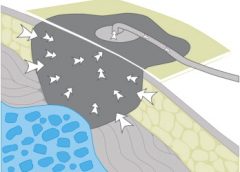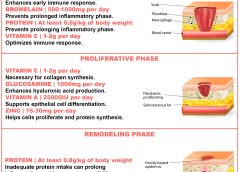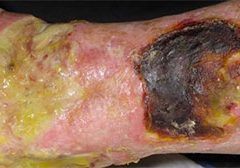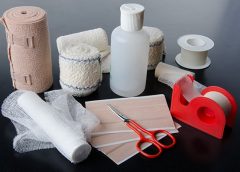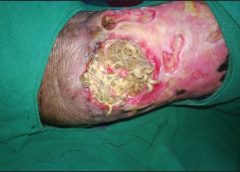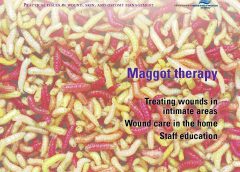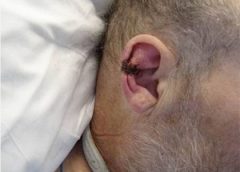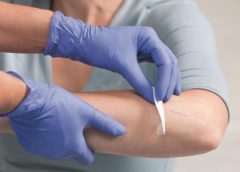By Kathleen D. Schaum, MS
Qualified healthcare professionals (QHPs), such as physicians, podiatrists, physician assistants, nurse practitioners, and clinical nurse specialists, are taught to diagnose the reasons that chronic wounds aren’t healing and to create plans of care for aggressively managing the wound until it heals. Wound care professionals—nurses and therapists—are taught to implement those plans of care. All of these highly skilled wound care professionals know how to manage chronic wounds from identification through healing. (more…)
Read More


